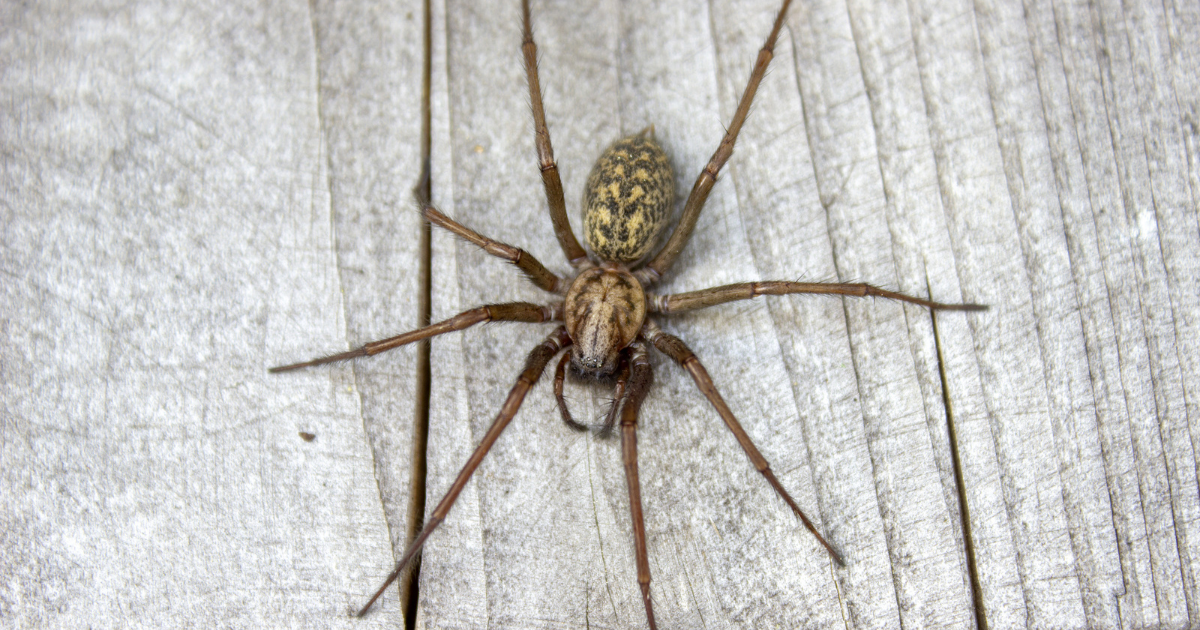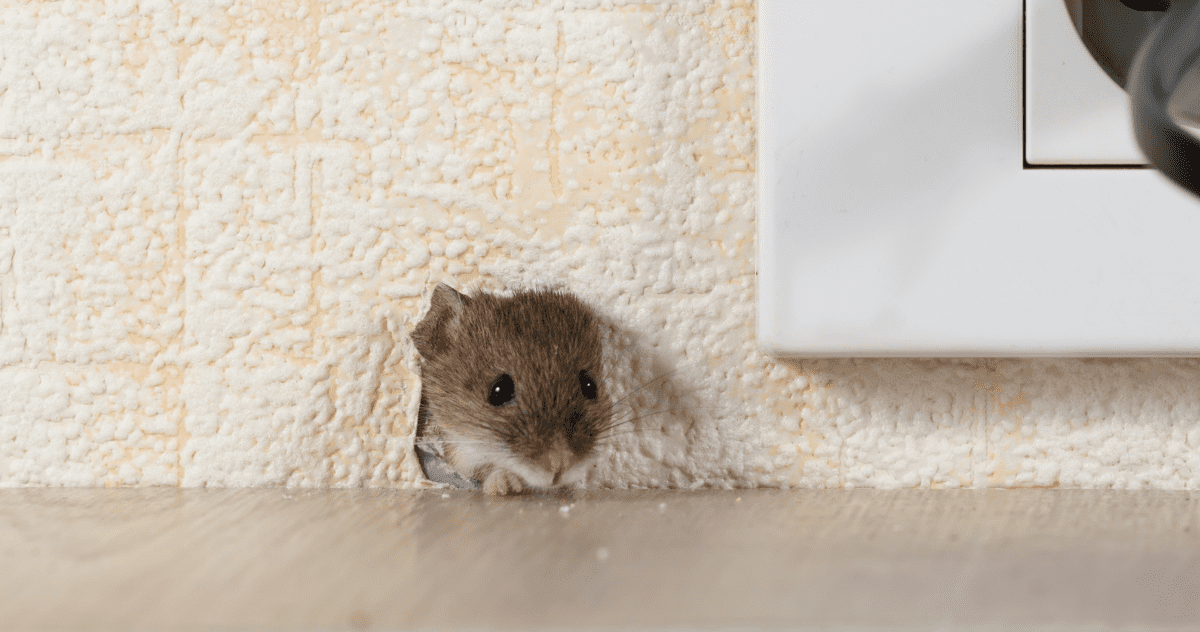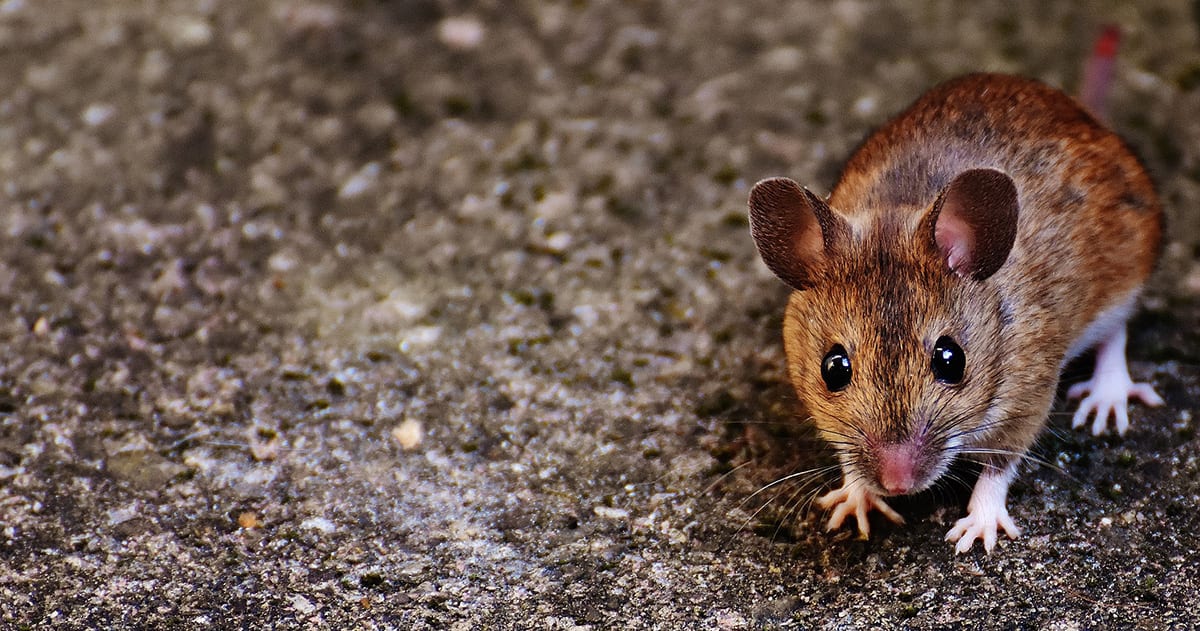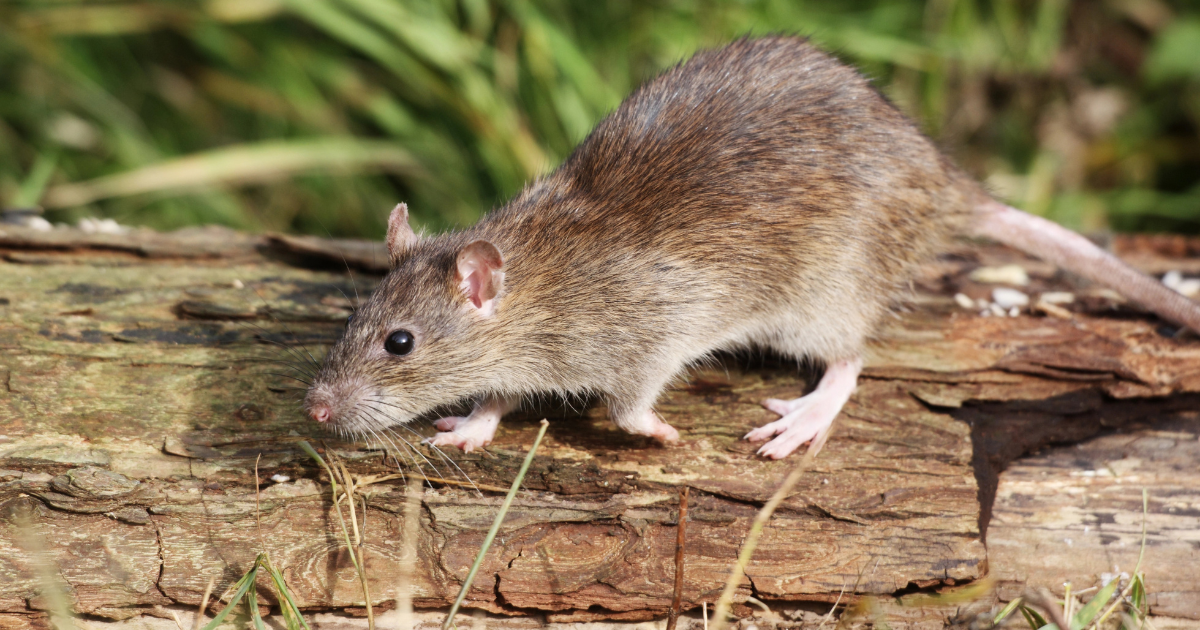It’s a cold night in November in the Pacific Northwest. Suddenly you see a shadow of something moving quickly across the floor and you jump up to turn on the light. The biggest spider you’ve ever seen was running very fast, but is now stopped, holding very still, not moving at all. It’s brown, and you can see it has hairy legs. It even has huge fangs! (Actually, those are reproductive organs, which are not really scary at all.) Thoughts race through your mind. Should you stomp on it? No, you’re only wearing socks. Should you use a large object to smash it? Should you shoo it outside? Should you get a glass jar and capture it for later study? Should you try to snap a pic to post on social media, taking your heebie-jeebies digital? Or maybe you should just wave “hello” at it as it walks on by?
It turns out, the latter may be the right choice. They are very uninterested in biting you or your pets. Smashing it could be messy, and they’re so fast you’ll probably fail, or hurt yourself in the process. Putting it outside will kill it, because it has never been outside before. In fact it has probably lived its entire life right there in your house, possibly for years, without you even knowing about it.
What is this Huge Spider in My House?
Take a deep breath. Everything is okay. You’re simply being visited by an “Eratigena atrica,” or Giant House Spider. Originally from Britain, “Tegenaria Domestica” or the common house spider (also called a Barn Funnel Weaver) hitched a ride with humans who moved to British Columbia, Canada in the early 1900s. There, the spiders rapidly exploded in numbers, spreading down into the Pacific Northwest, finding the cool, wet climate conditions quite suitable for thriving, and growing into a new species, earning the name Giant House Spider, or “Eratigena atrica.”
When you see them in your house, it’s probably because they’ve left their web (we call it a “bone yard”) looking for a mate. Mating season spans the last few months of the year, peaking in November.
They prefer to make webs in a corner where it’s dusty, a signal that their habitat will remain undisturbed. But they also tend to live anywhere they can hide. Woodpiles, old boxes, fireplace masonry, cracks in wood or concrete — these are all excellent choices for a giant house spider to build a nest.
Their webs are not very large, so you’ll rarely see strands of silky spider web spun in intricate patterns up high. They are more like cobwebs that look like a sheet of thin, white cloth on the floor in the corner. Sometimes a funnel can be seen where the spider will hide. They’ll remain in their web during the day, becoming active at night. They’ll wait for an unsuspecting insect to walk by the web, where their speed is quite useful in catching its prey.
They range in color from light to dark brown. Markings on the back look like a blotchy stripe pattern. The females tend to be a bit larger, and a darker shade of brown than the males. Sometimes they appear black.
They are poor climbers, but they still try to climb sometimes. Usually, they’ll stay on the floor. Many people find them in the bathtub or the sink, not because they crawled up through the drain, but because they stumbled into the tub and were unable to climb out.
Are Giant House Spiders Harmless?
Giant house spiders may feel threatened and defend themselves, which could result in a spider bite. In rare cases, an allergy exists and the reaction should be taken seriously. But, for most people, yes, the giant house spiders are quite harmless.
Are Giant House Spiders Friendly?
We aren’t going to go so far as to call them friendly. But they are certainly helpful to humans. They hunt other pests like ants, roaches, earwigs, which helps to keep your house free from invaders.
We don’t recommend trying to hold them in your hand or petting them with your fingertips. They could easily interpret such a gesture as a threat and proceed to bite you.
Are Giant House Spiders the Same as Hobo Spiders?
The hobo spider is also called “Tegenaria Agrestis,” or “aggressive house spider.” They look very similar in appearance to the giant house spider but they are a bit smaller.
Hobo spiders were once believed to be aggressive because they sometimes appear to run towards humans, charging at them as if they were attacking them. But we now know that they have very poor vision. They are actually trying to run away from you, but since they can’t see, they accidentally run straight at you.
Are Giant House Spiders the Same as Wolf Spiders?
No. Wolf spiders prefer much warmer, drier climates. Wolf spiders are also gray and prefer the outdoors. Following the mass migration of inhabitants from California to Washington State in the 1980s, many new residents to the Pacific Northwest were alerted to a new aspect of life: massive spiders running across the floor of their house at night.
To the Californians, there was a word for a large hairy spider: A wolf spider. So, they applied their limited knowledge to this new large hairy spider and word spread that these were in fact wolf spiders. They are not.
Are Giant House Spiders the Same as Brown Recluse Spiders?
No. Brown recluse spiders are native to Alabama and the South. Just as was the case with Californians calling them wolf spiders, Southerners were accustomed to calling large hairy spiders “brown recluse.”
Brown recluse spiders are a closer match to giant house spiders than wolf spiders are, due to their similarity in color and preference for dark corners. But a brown recluse can easily be identified by its very familiar markings of a “violin” shape on the top of its head. That is why the brown recluse is also called a “fiddleback spider.”
Are Giant House Spiders the Same as Aggressive House Spiders?
No. Again, The “Tegenaria Agrestis” or “aggressive house spider” is commonly known as a hobo spider. They look very similar in appearance to the giant house spider but they are a bit smaller.
Are Giant House Spiders Dangerous?
No. But there’s always a chance that it’s actually a hobo spider, not a giant house spider. Hobo spiders are very dangerous and so you should keep your distance from both of them.
If you see an unacceptable number of them in your home, an infestation might exist, in which case you can take measures to mitigate them. A simple cleanup of areas where the spiders make their habitats could be all you need to do.
If you feel like professional help is needed, we are well trained and able to rid your house of unwanted pests like spiders, ants, rodents, or wasps. Call Classic Pest Control toll free at (425) 259-0008 or click here to use our convenient online form to request a free estimate.
Have more questions regarding Pest Control? Check out our Frequently Asked Questions Page.





